(February 18, 2022) Santanu Hazarika got into engineering thinking it was the same as studying science. He was wrong. Failing in almost all subjects, except engineering drawing, the youngster tried to drop out early on but no one understood him. As an escape, he took to drawing – a childhood passion. He also self-taught himself philosophy and metaphysics. His notebooks were filled with drawings done during class.
‘Comic’ relief
Shantanu’s fortunes were about to change – in 2014 a friend tagged him in a post by Red Bull about the World Doodle Art Championship. He signed up, won the national round, and competed internationally in South Africa. He clinched that too. “I literally had to beat the world to prove a point to a society which had a very negative predisposition towards art and artists. I had to become a champion just to draw and pursue what I was passionate about,” smiles Santanu, today an internationally-acclaimed visual artist in an exclusive with Global Indian.
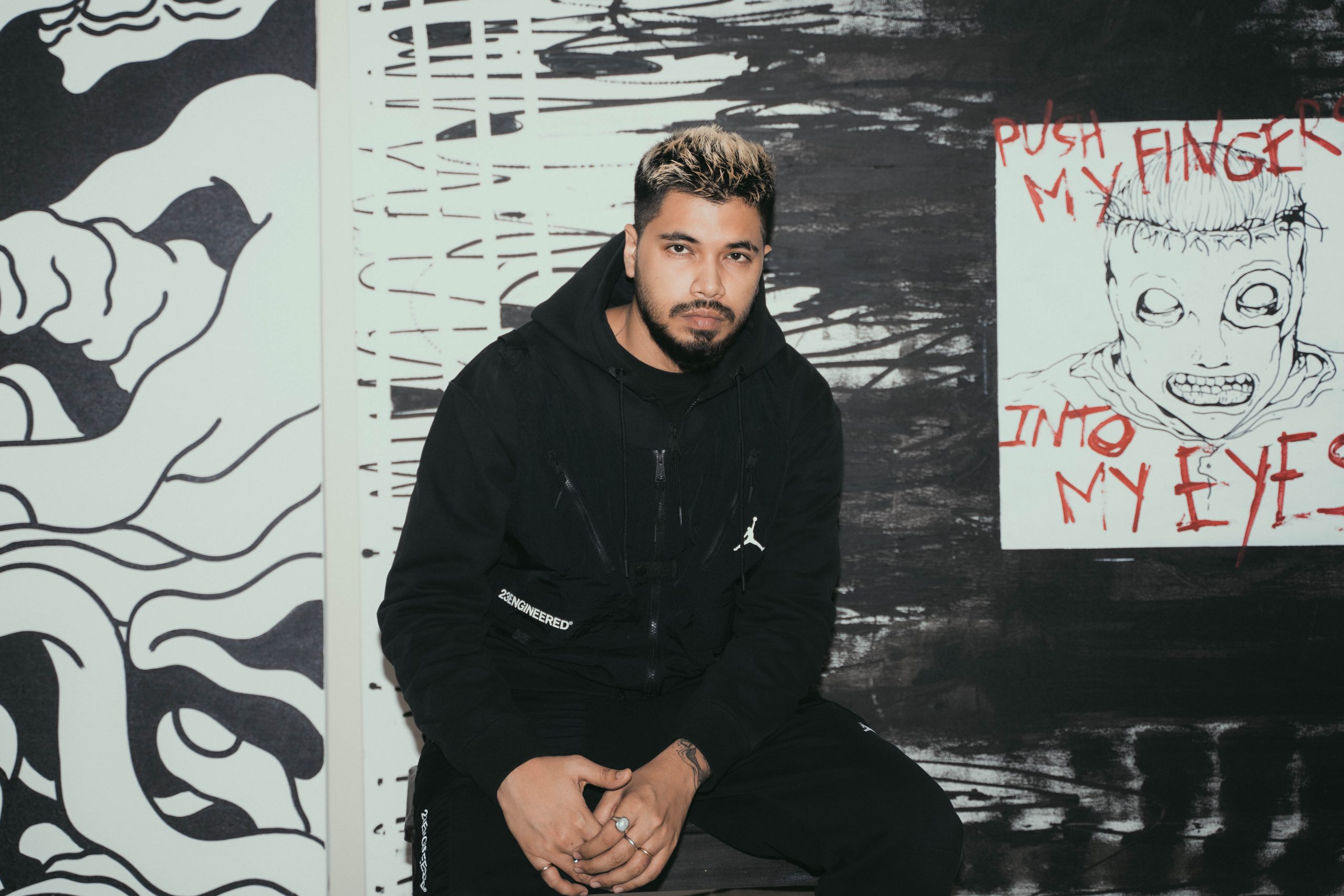
Visual artist Santanu Hazarika
Winning the world’s first Red Bull World Doodle Art championship, chosen from 32,000, the 29-year-old is readying for his first-ever debut solo show titled BLCK — an iconic display of black and white pieces that unsettle and challenge audience perceptions in Mumbai. The show will be on till February 28.
Finding solace in a childhood passion
Growing up in Guwahati, Santanu’s first introduction to art were comic books. Moving past DC, Marvel, he got into more adult art from image and dark horse comics. “I started copying characters and selling my drawings to friends to buy more comic books,” smiles Santanu, who did his schooling at Maria’s Public School, in the Montessori method.
From a green state like Assam, organic patterns were imprinted in the mind of this engineering dropout, and have impacted his art too.

Angry Flower Child by Santanu Hazarika
His engineering college years were the most turbulent, he even started taking medication to combat the pressure. “My notebook drawings were my only solace,” Santanu says, despite being a self-confessed science nerd. His artistic journey began during his time of turmoil, as a means to cope.
No looking back
The multidisciplinary autodidact visual artist soon had an impressive list of clients – Adidas, Reebok, Harper’s, Red Bull, Gully Gang, Azadi records, Ritviz, Nucleya and hip-hop artists like Raftaar and Divine. His monochromatic visual vocabulary, rooted in popular culture, took the world by storm.
The artwork which won him the Red Bull World Doodle Championship in 2014 was an ink-on-paperwork inspired from the teachings of Lord Vishnu. An illustration depicting the atman as the creator who embodied the universe within. The first plane was of logic and science through which it tried to understand nature and existence, the second was of nature and the final one was the crown chakra with Vishnu’s six-headed snake, adi ananta sesh surrounding it.

Visual artist Santanu Hazarika
“The snake represented the dimension of time — one, infinite and void — while nature represented the plane of physical reality. The illustration had a lot of symbolic elements, like the owl for wisdom,” explains Santanu, whose father, Ramen Hazarika, is a businessman.
He has shown his unique art across the world, held workshops in the heart of Siberia. Today, this self-taught independent artist has embellished his metier.
“There is always a battle inside my head – a struggle between the explosive, primal self and the calmer, contained self to meticulously follow a realistic order. It’s like a tug-of-war between abstraction and realism fuelled by heavy metal music,” says the now Mumbai-based visual artist, who is one of the pioneers of the NFT revolution in India. The NFT boom has given digital artists a shot in the arm, with more viability. His collaborative NFT (non fungible token) with Ritviz, became one of the fastest NFTs ever sold, in a record time 37 seconds. He designs and illustrates for showroom murals, cricket team buses, shoes, cars and music album covers too.
Monochrome and turbulence: BLCK
BLCK is an extension of his turbulent existence and the contentment it brings to him. Drawing heavily on his love for the monochromatic, BLCK, he explains, “absorbs popular culture into intertwined vines of hands, skulls, human bodies and images that mirror our minds, the chaos that descends into our bodies from the images that we consume.” It is an invitation into his world of comfortable turbulence.
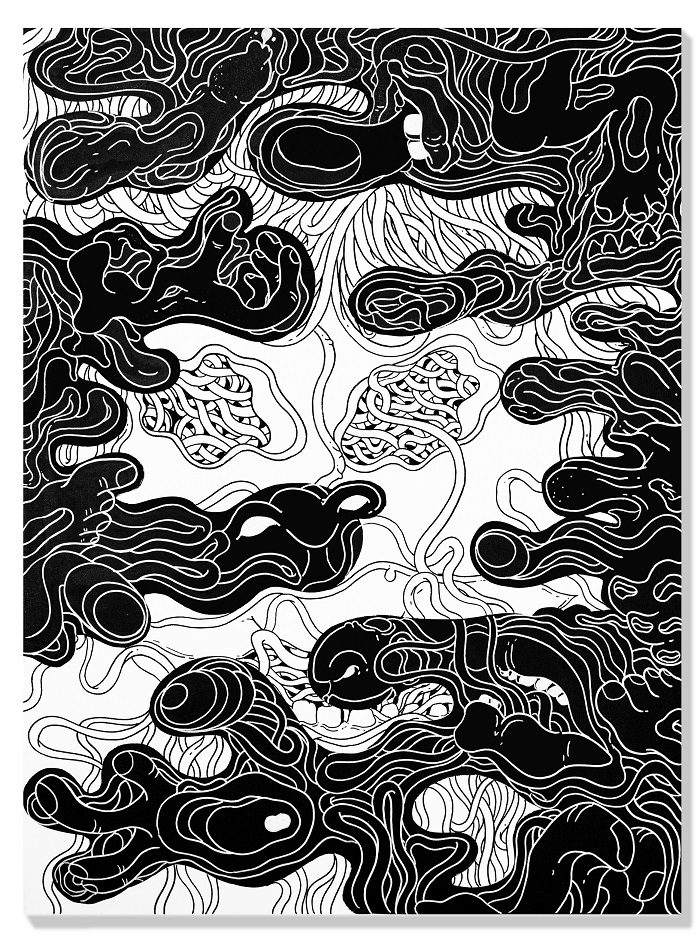
Grin by Santanu Hazarika
A vicarious observer, resonating in the dissonance of humanity and creation, he adds, “I learn, I forget – a humorous paradox. My subjects can range from fictional characters, situations to experiences and subjects from life.”
Working on a few NFT projects, and a highly-anticipated collaboration with the acclaimed fashion brand Dust of Gods, is keeping him inspired.
“I don’t wait for inspiration. It has always been a disciplined routine of labour that gets me going. That is my true inspiration,” says the artist who leans towards mockumentaries, anime, manga, physics, philosophy, films and music. Superjail, Dorohedoro, Hellsing, Ghost in the Shell and Apple Seed are his favourites in anime.
Giving back
Assam is close to Santanu’s heart, and so is the people’s harmonious co-existence with nature and simple living. “Hunting fireflies was a favourite pastime growing up,” recalls Santanu, who believes in giving back to the artist community in Assam. Along with a few friends, he formed a collective Gauhati Art Project to build a design dialogue in the north-east, and connect it with the rest of the world. Since inception (2017), they have conducted workshops, events to help build a community.
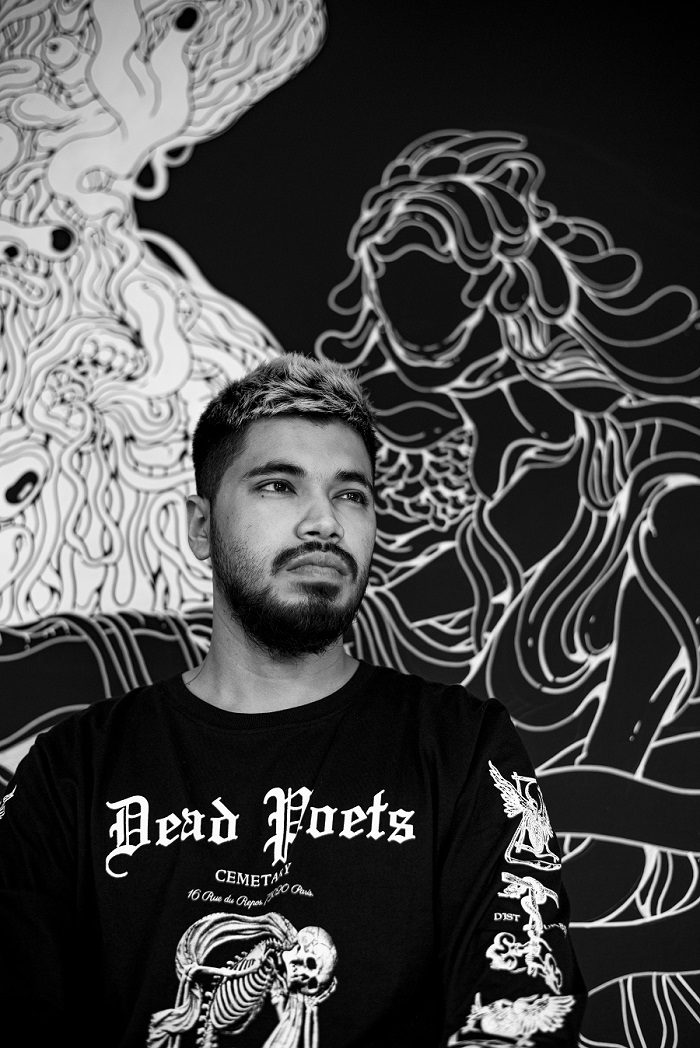
Visual artist Santanu Hazarika
Where does the future lie?
The future, he feels, is about blurring the line between the physical, digital and artistically building a metascape that represents humanity and civilisation. “You can call it the meta verse,” says the visual artist, who is currently reading a manga series Berserk by the late Kentaro Miura. Calling Bhupen Hazarika his favourite Global Indian, he feels the legend’s true genius, endless humility and being the first Assamese to represent their culture is what overawes him – Hazarika’s prolific artistry.
Actor Shruti Haasan is dating Santanu. Both have often been spotted walking hand-in-hand on the streets of Mumbai. In fact, Shruti recently revealed that she was the first to propose to her artist boyfriend.


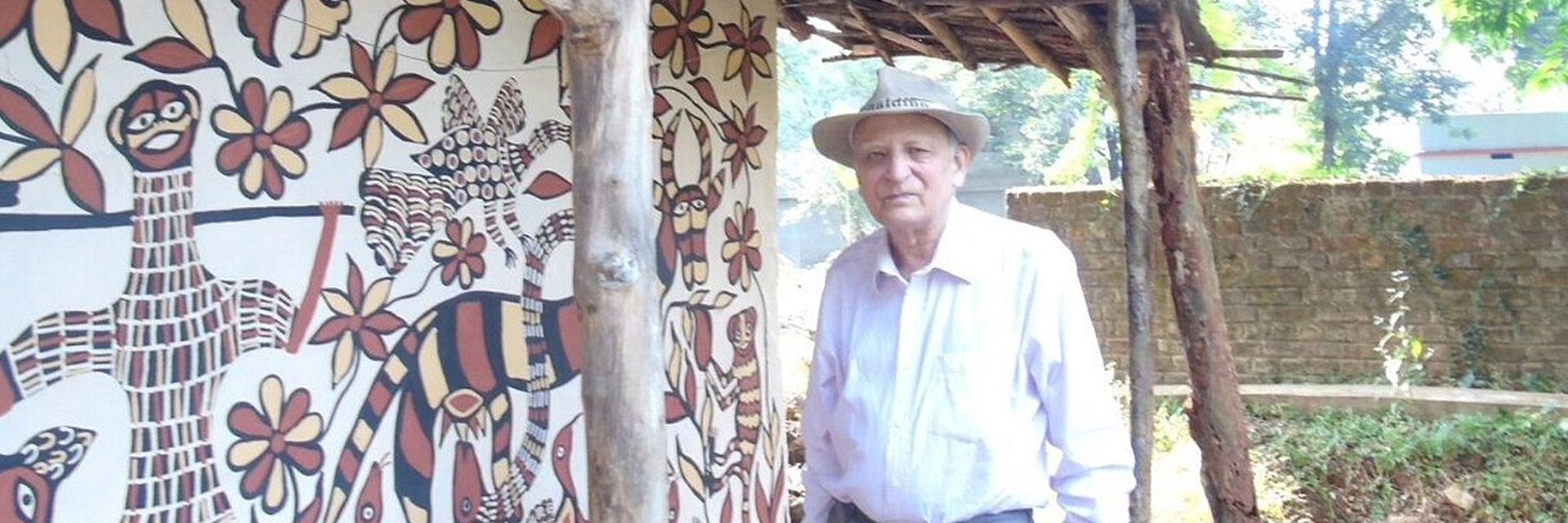
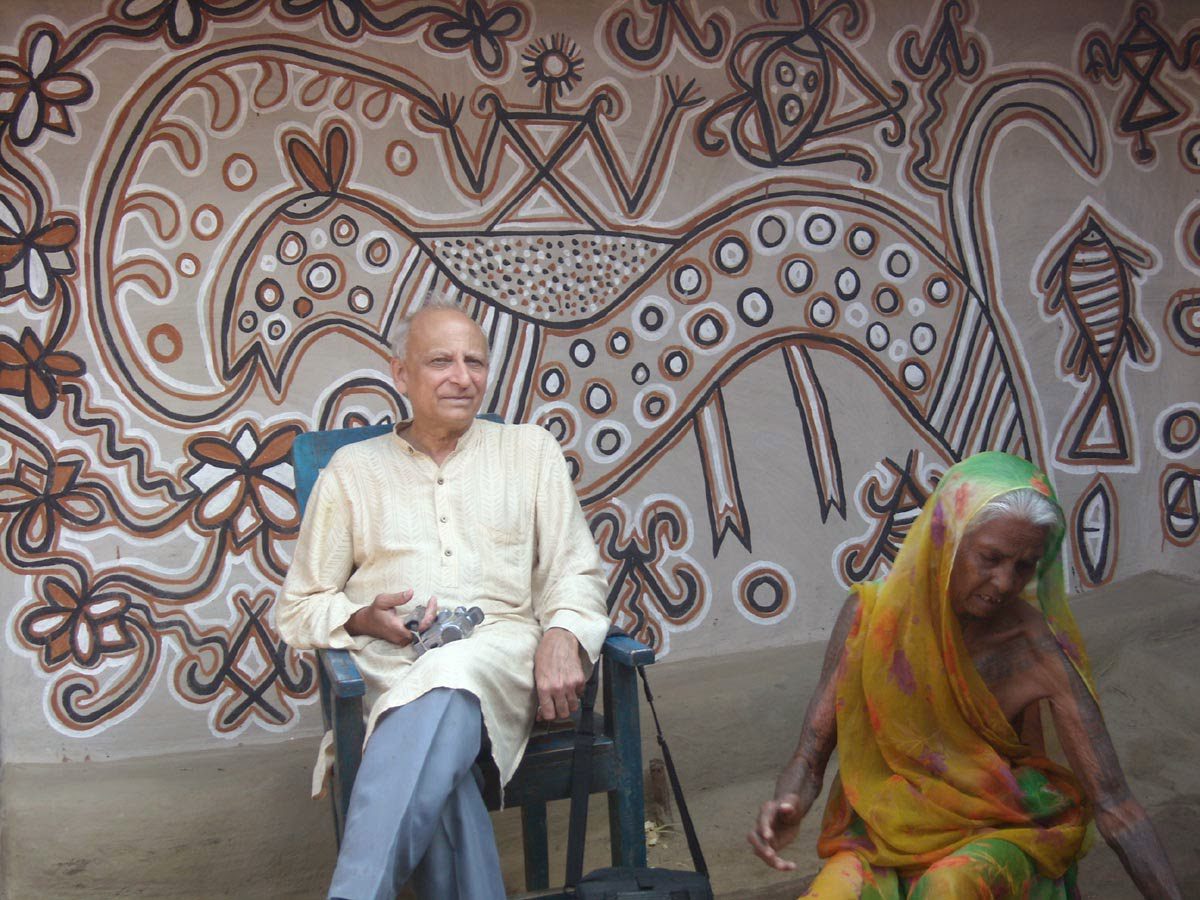
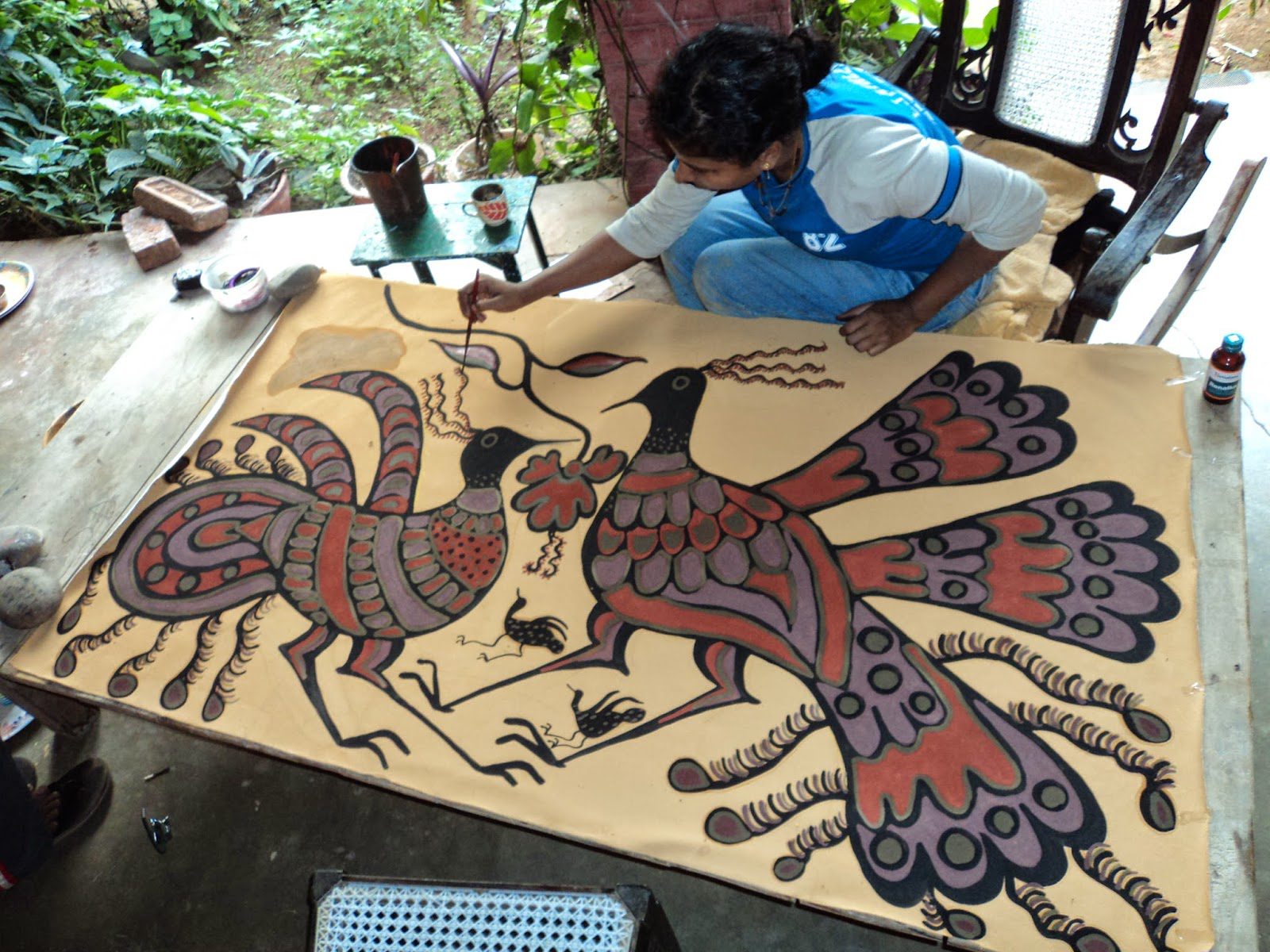 Bulu's daughter, Juliet Imam, making a tribal art[/caption]
Bulu's daughter, Juliet Imam, making a tribal art[/caption]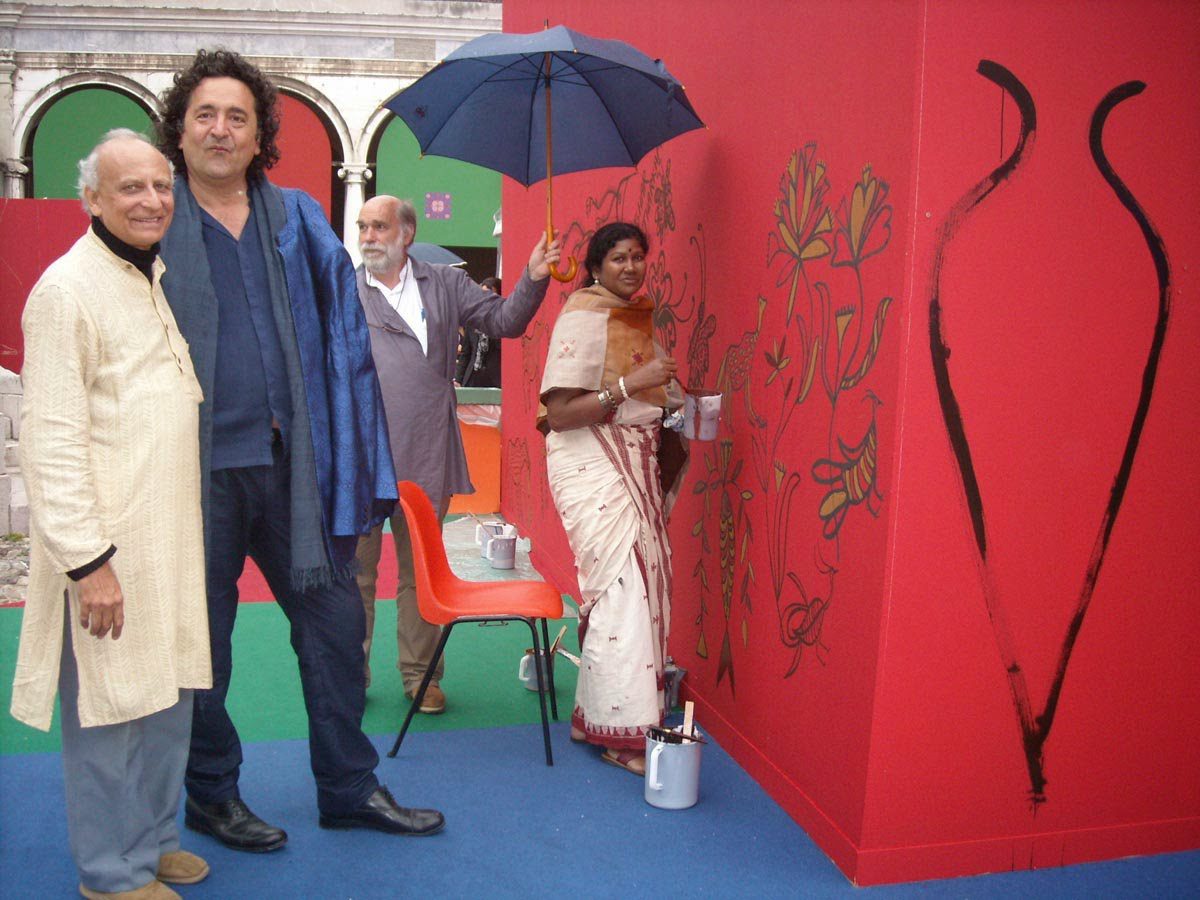 Bulu Imam, Tarshito, Erwin Neumayer, and Philomina painting in Vicino Lantano Festival[/caption]
Bulu Imam, Tarshito, Erwin Neumayer, and Philomina painting in Vicino Lantano Festival[/caption]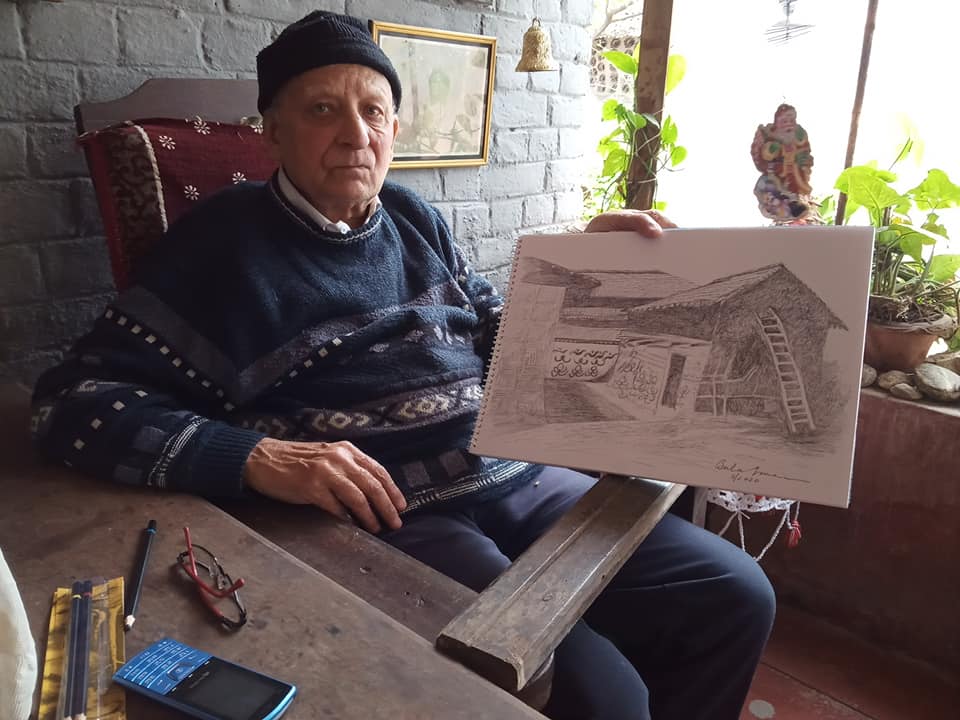 Bulu still likes to sketch whenever he finds some free time[/caption]
Bulu still likes to sketch whenever he finds some free time[/caption]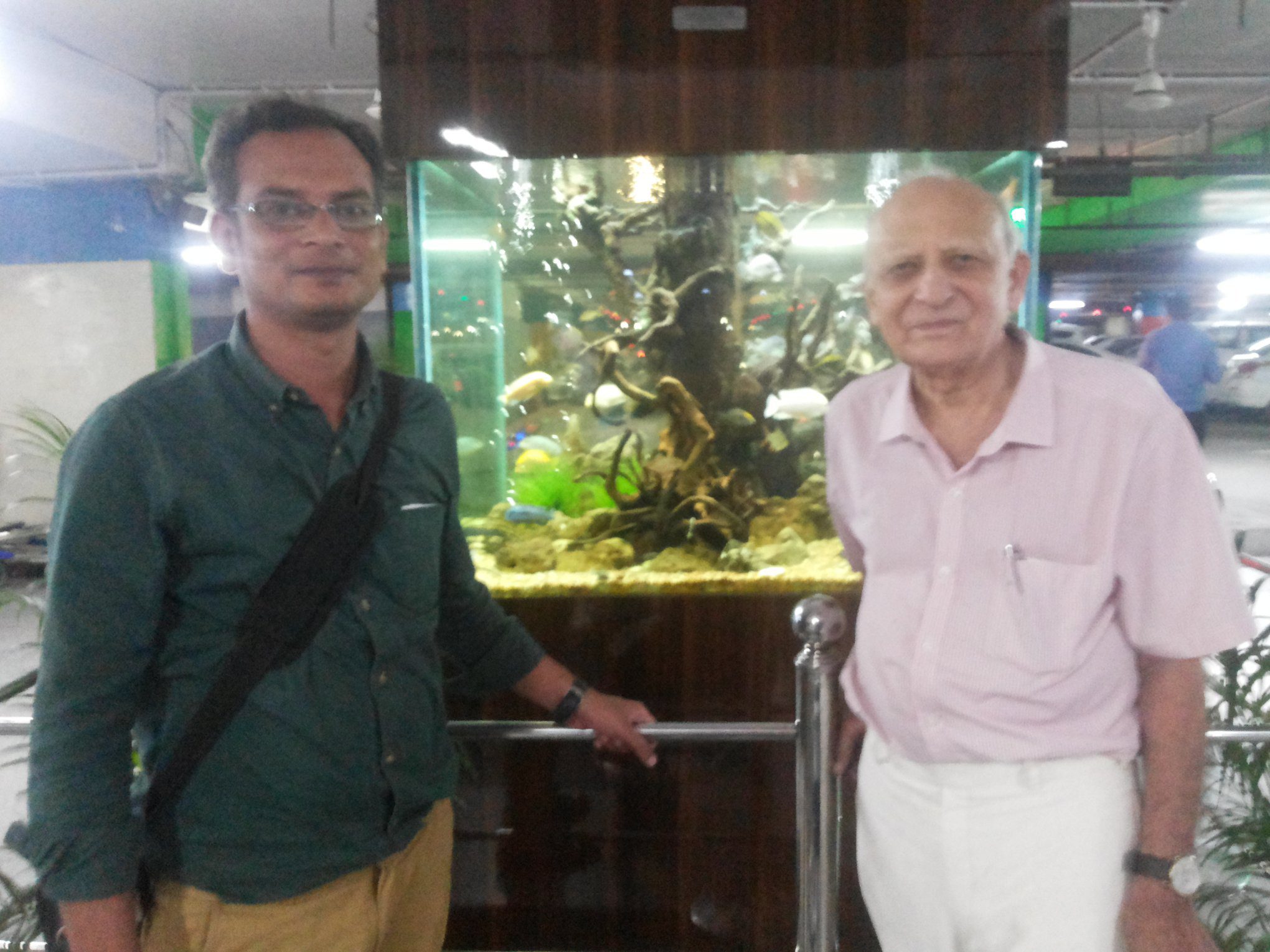 Bulu with his son, Gustav Imam[/caption]
Bulu with his son, Gustav Imam[/caption]
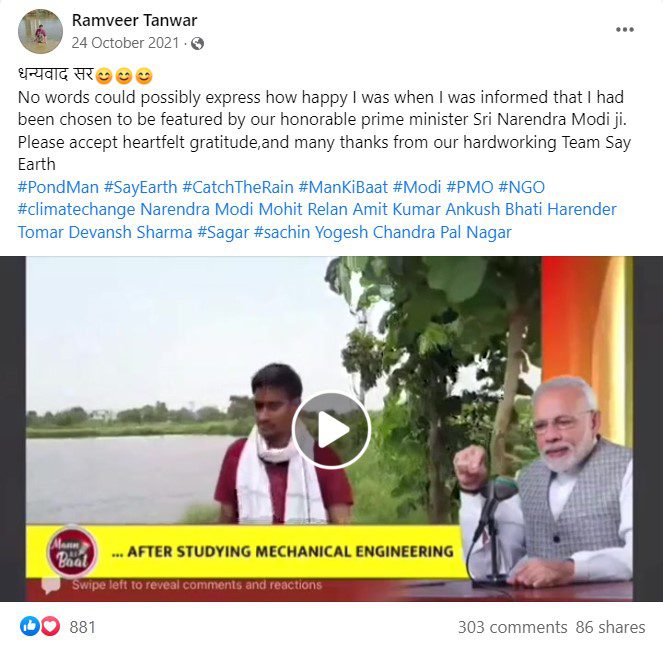
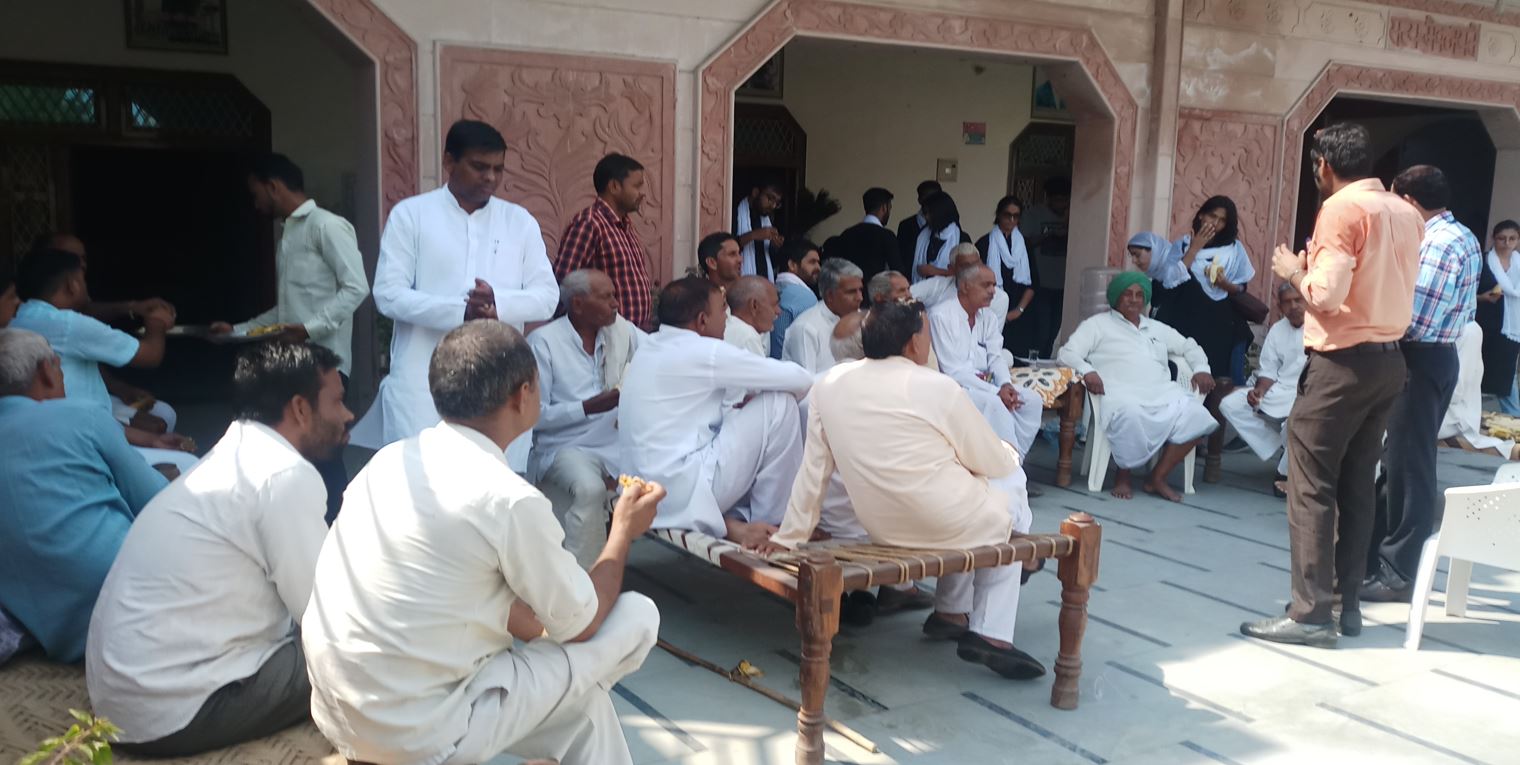 Jal Chaupal - Water Meetings initiated by Ramveer Tanwar[/caption]
Jal Chaupal - Water Meetings initiated by Ramveer Tanwar[/caption]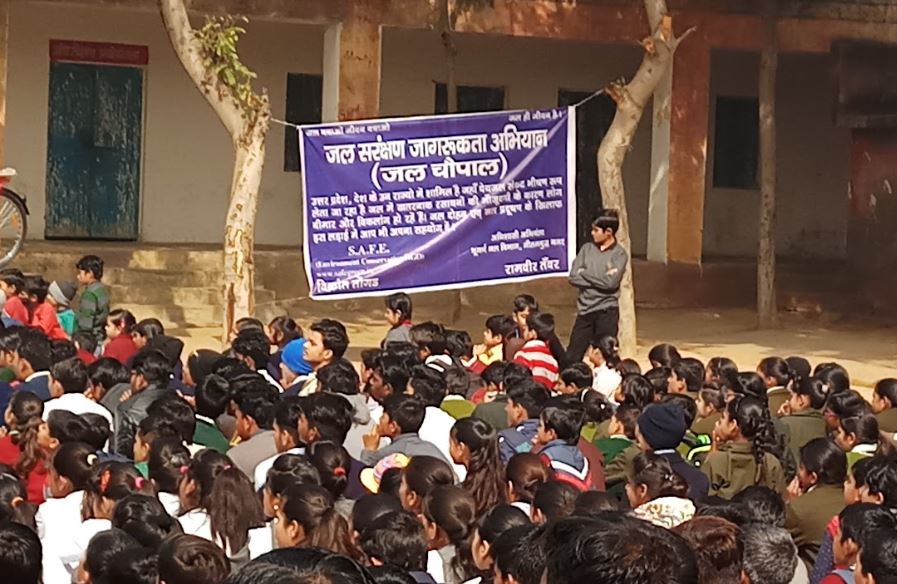 Little Warriors[/caption]
Little Warriors[/caption]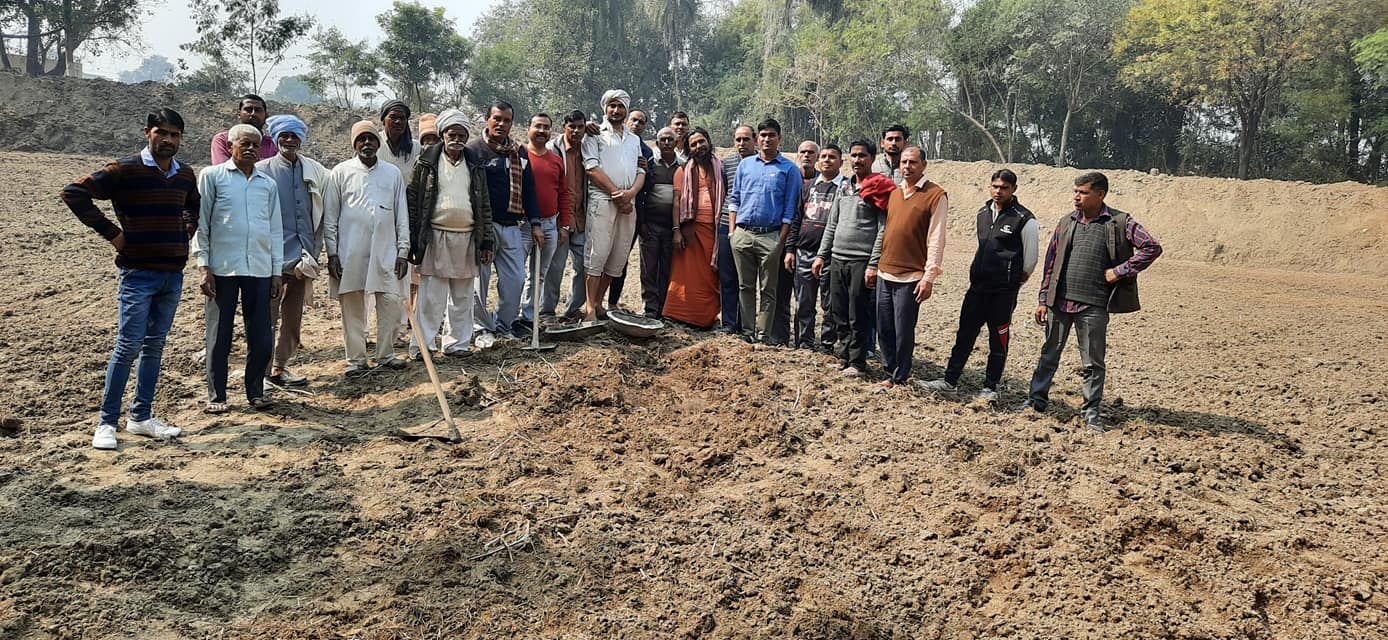 Villagers in support[/caption]
Villagers in support[/caption]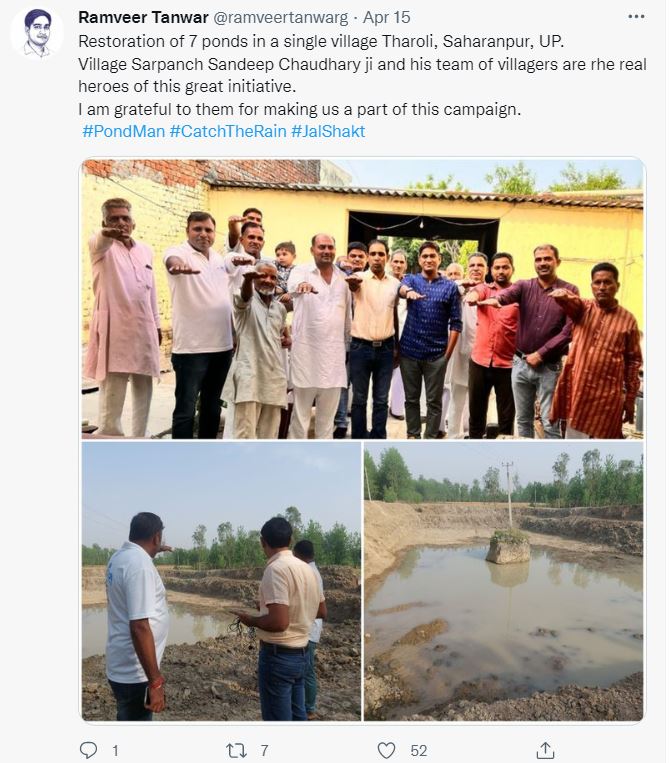
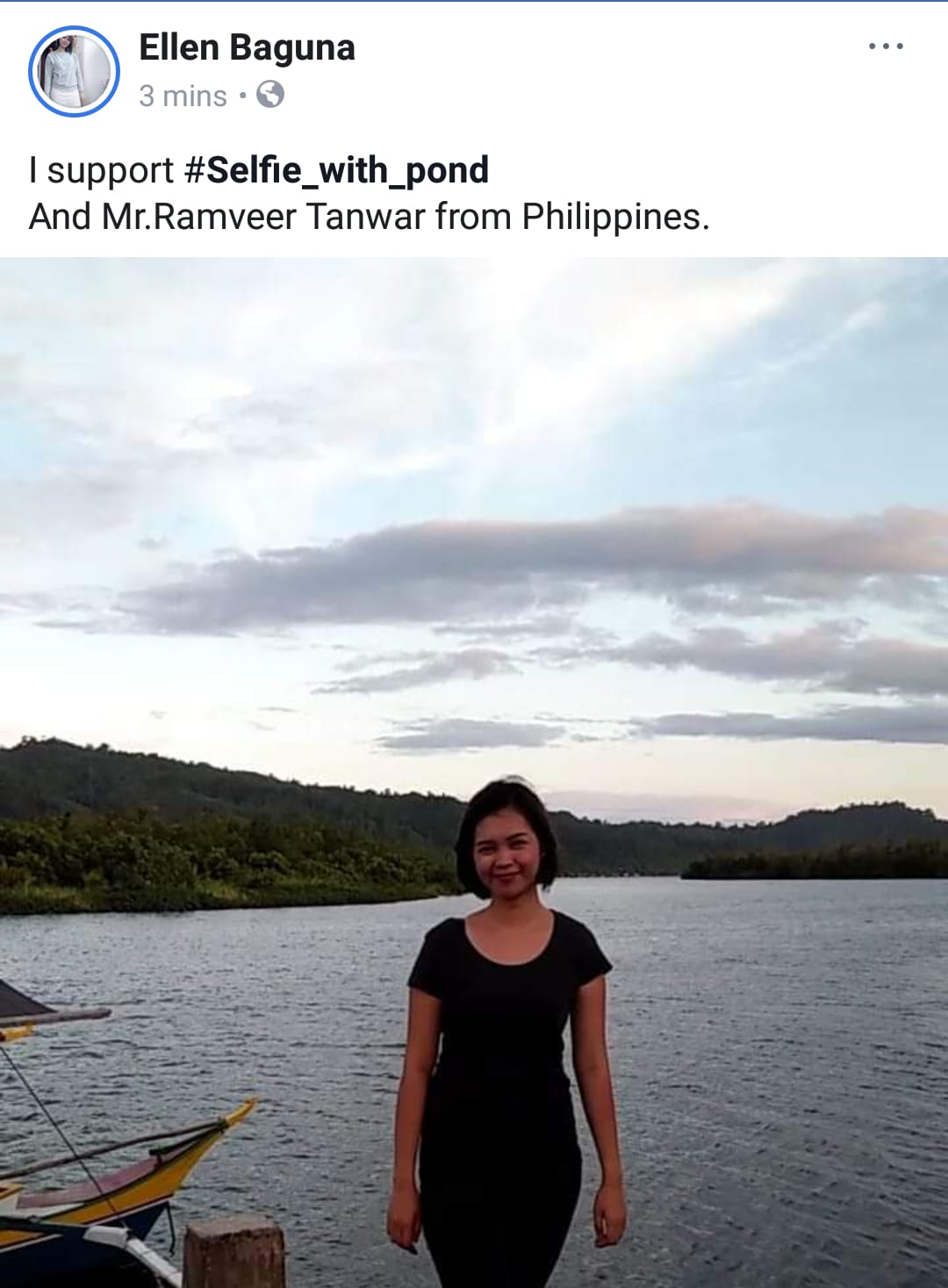
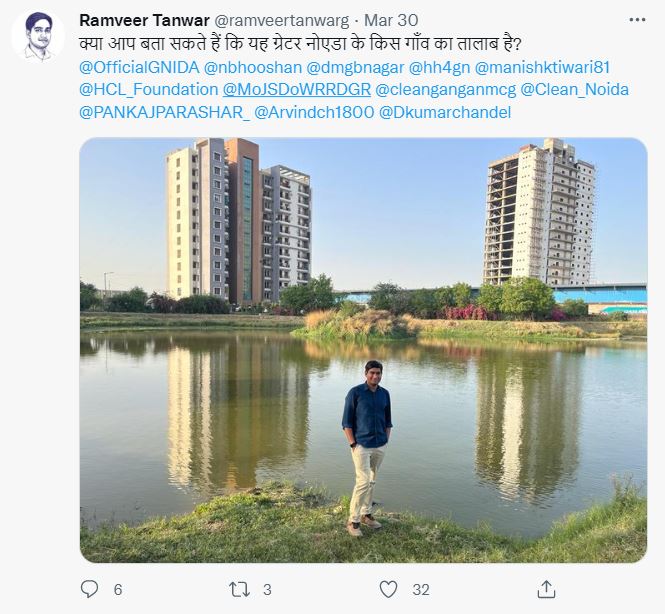
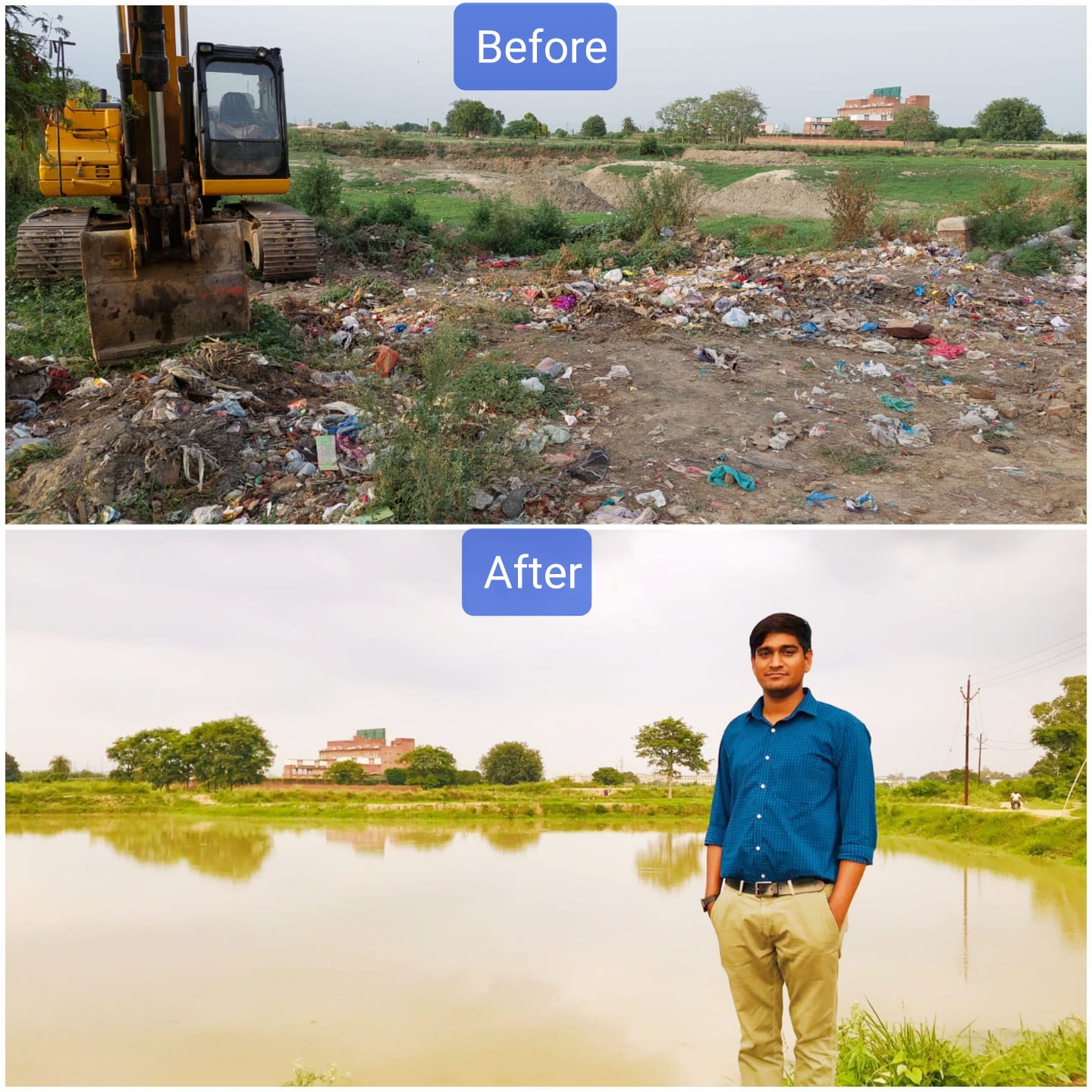 What-a-difference![/caption]
What-a-difference![/caption]
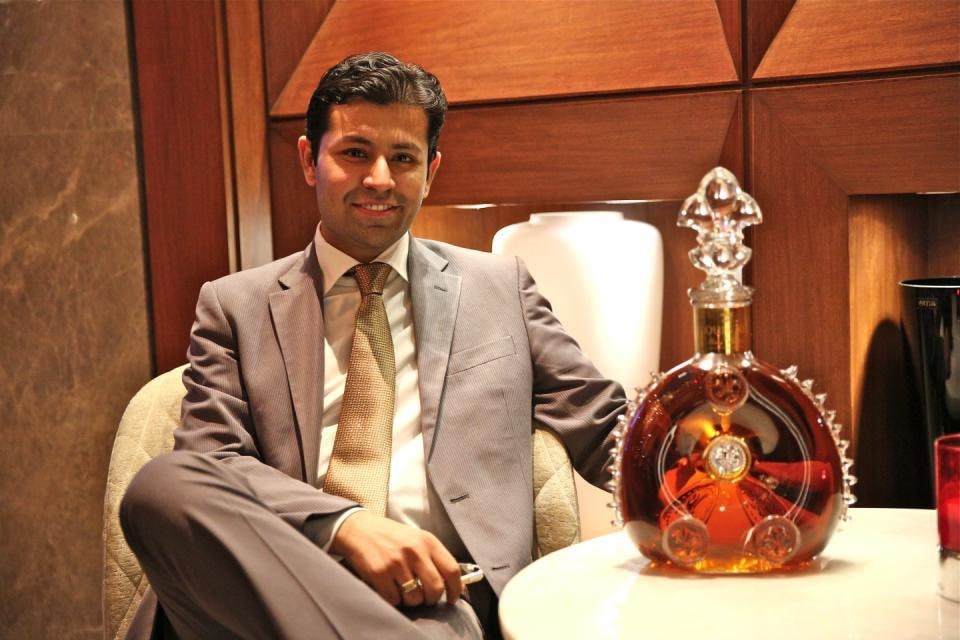 Ankur Chawla, Founder and CEO, Responsible Whatr[/caption]
Ankur Chawla, Founder and CEO, Responsible Whatr[/caption]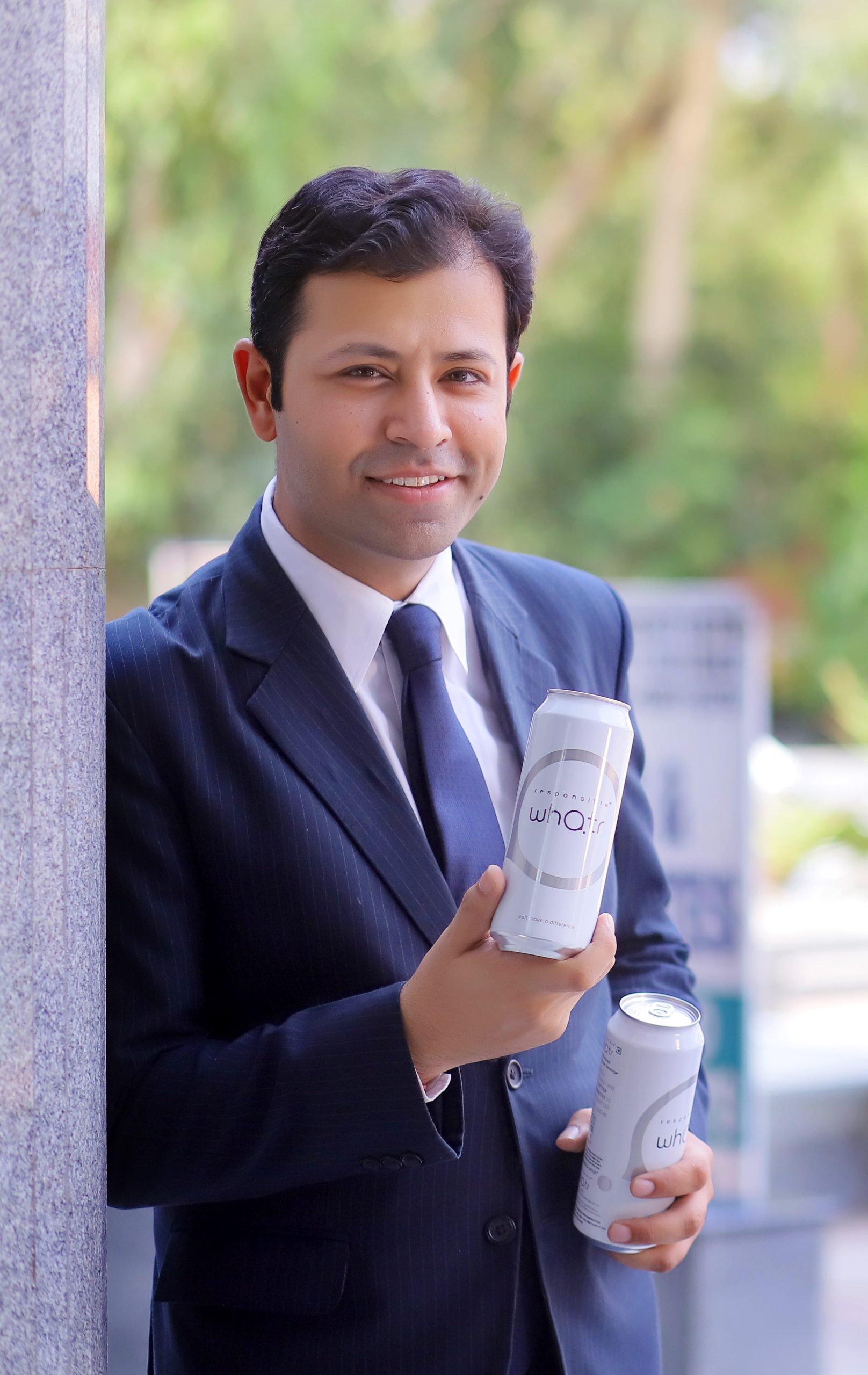

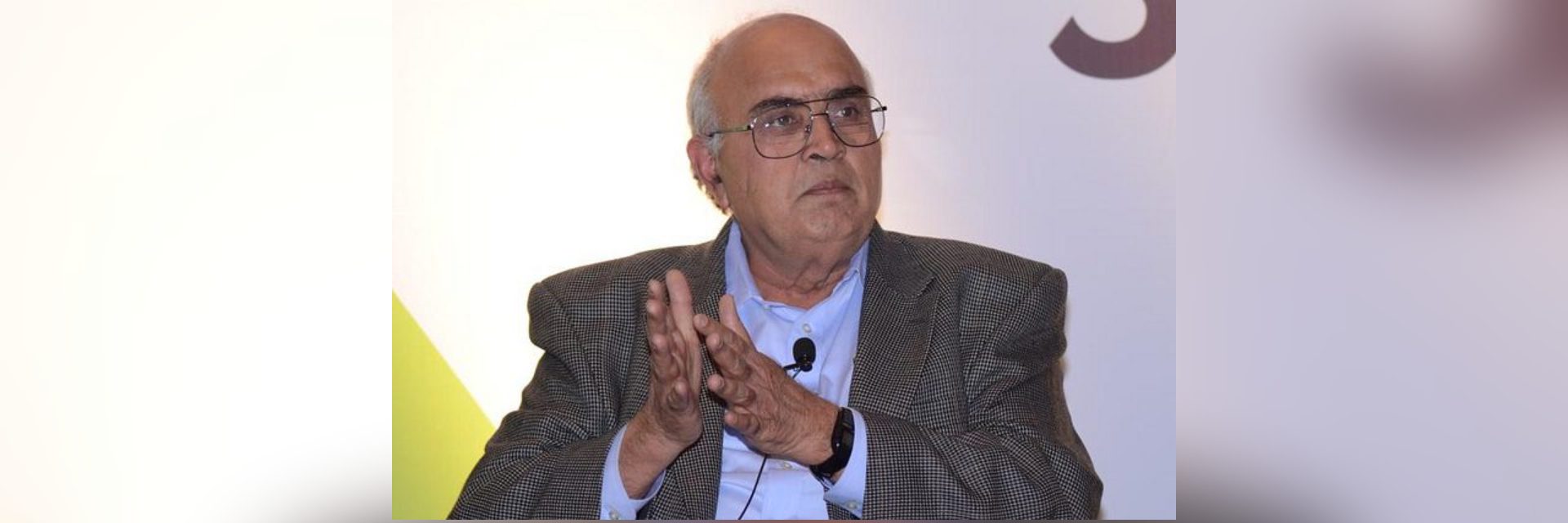


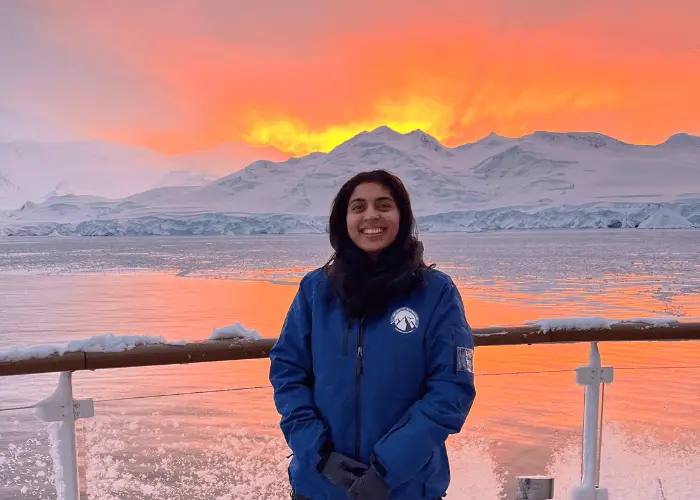 Sayesha Dogra in Antarctica[/caption]
Sayesha Dogra in Antarctica[/caption]